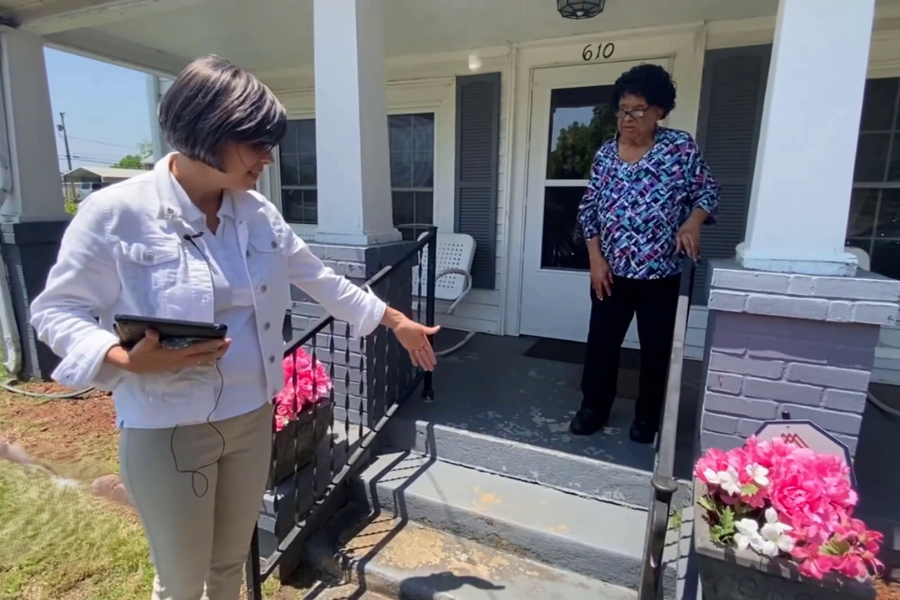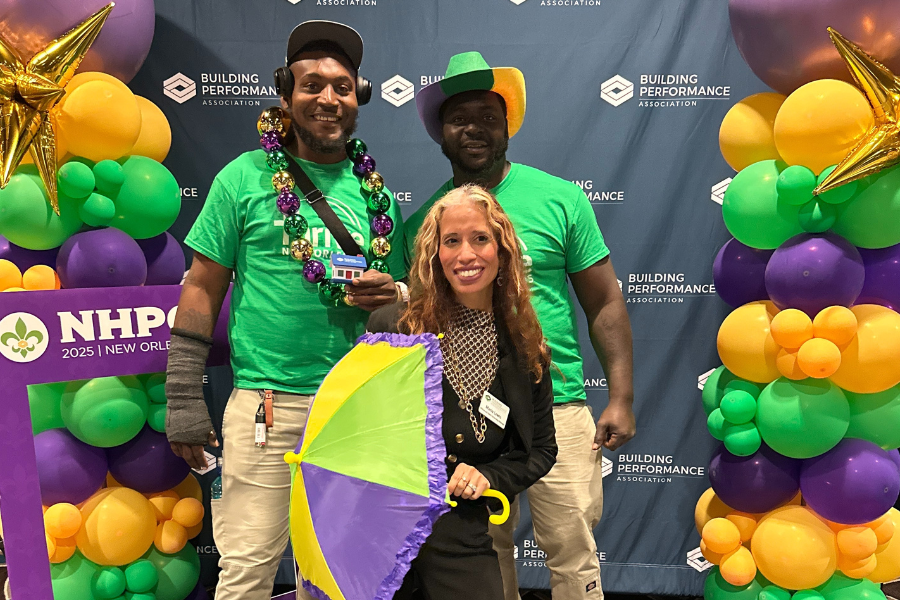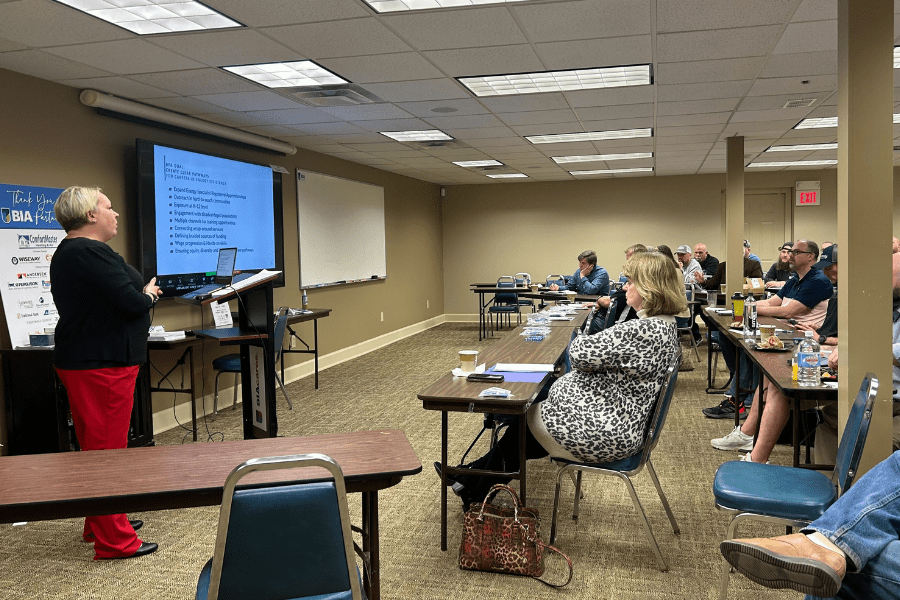Jul 31, 2024
Celebrating Women in Weatherization – Jessica Mahon
"When women aren’t engaged in the weatherization workforce, we're missing out on the knowledge, talents, and potential of 50% of the population. We need you!"
Jessica Mahon – Program Director, Community Services Agency, Nevada

How did you first get interested and involved in Weatherization?
My professional and education background is in social work and nonprofit program delivery. I’ve always been interested in ways that we can support increased self-sufficiency and positive outcomes for low-income families and marginalized communities, which eventually connected me to the work of Community Action and the Weatherization Assistance Program.
Tell us about your current and past roles in the WAP.
I was first exposed to WAP when I was a social work intern for the AZ Community Action Association (now Wildfire AZ). With the state association, I had a chance to see the incredible impact that local agencies made on low-income families through weatherization and helped supplement these services by providing access to local energy assistance resources and participating in consumer advocacy with utility boards. In my current role, I serve as the Program Director for Community Services Agency’s WAP and am responsible for the administrative oversight and successful operation of our services. It’s such a privilege to be able to support our amazing program staff and work to build key community and industry partnerships to ensure that we’re able to reach families in need with these critical services.
What is it like being a woman in weatherization? Advantages? Challenges?
There are certainly plenty of advantages and challenges that come along with being a woman in weatherization. I have the benefit of being part of a female-led organization, so there is strong leadership support for creating a culture that recognizes and encourages women’s participation across the agency. I also think that my background and experience has helped us support a more holistic and compassionate model of service delivery that blends the technical focus on energy efficiency and the human-centered focus on environmental justice/energy burden. One of the challenges I see in getting more women involved in weatherization is that as a workforce, we are often guilty of putting up unnecessary barriers to entry or failing to recognize the transferable skills that a female candidate may have developed outside of the typical associated fields.
Why do you work in weatherization? What about your job makes you excited to go to work in the morning?
I work in weatherization because I believe this program has the potential to make substantial positive change not only for low-income individuals and families but also for our broader communities.
I’m excited to go to work because I know that I’ll have a chance to support services that reduce the energy burden for low-income households, improve the health and safety of their homes, open the door for a multitude of non-energy benefits, contribute to a reduction in energy consumption, and support the preservation of affordable housing in our community.
Do you have advice for other women interested in joining the weatherization field?
First and foremost, don’t count yourself out. Even if you’re unsure of your qualifications or background, it’s worth applying for positions in the field and advocating for your existing skills and interest in the industry. Be sure to keep an eye out for training and upskilling programs or apprenticeships that can help you get your foot in the door, as well as mentorship opportunities. You may have a chance to get connected to WAP through a different type of role (finance, administration, outreach/intake) and then take advantage of professional development opportunities that will help you shift over to the technical side of the program. When women aren’t engaged in the weatherization workforce, we’re missing out on the knowledge, talents, and potential of 50% of the population. We need you!
This article originally appeared in the NASCSP blog and is republished with permission.





